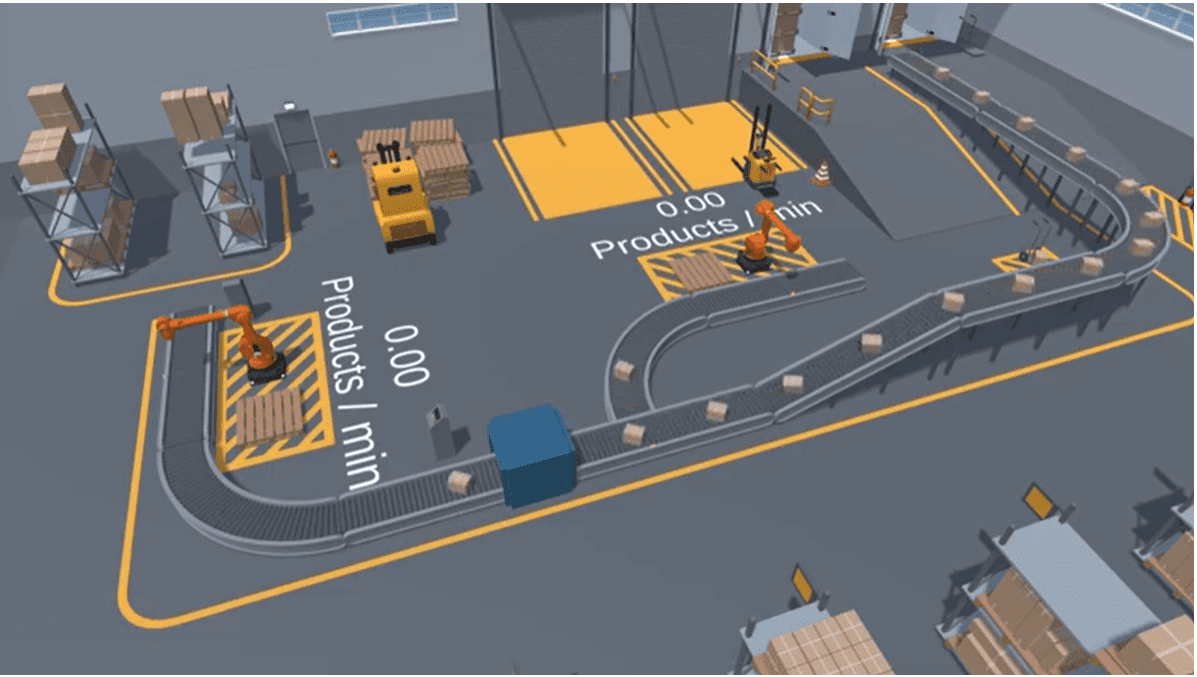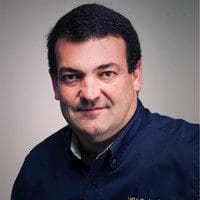What is Digital Twin and What Does it Do?
Production line shot of digital twin palletizing line.


We’re your source for automation news. Keep up with the latest industry updates and E Tech employee spotlights, as well as tips and guidance from our manufacturing experts.
Production line shot of digital twin palletizing line.

We’re pleased to announce that Mike Whatley, Business Director for Material Handling, will take on a new corporate operations role within E Tech Group as Director of Digital Technology. Mike will assume this new role immediately, while working with the Material Handling team to transition his current responsibilities. Kurt Wakeman has joined E Tech Group and assumed responsibility for the Material Handling Program. In his new role, Mike will work alongside the IT & Advanced Software teams, among others, to drive the company’s overall digital transformation strategy and roadmap. He will support the development and implementation of internal technology initiatives, primarily focused on Engineering and Corporate Workflow Automation & Optimization through digitization and standardization across the enterprise. These initiatives are critical to the ongoing effort to integrate 4 outstanding brands into 1 best-in-class company with common standards and practices. We appreciate Mike’s contributions over the past 16+ years in a variety of programming, engineering and management roles – supporting the growth and success of E Tech Group. Congratulations Mike and thank you for your dedication to E Tech Group!

E Tech Group would like to announce the addition of a new member to our team, Kurt Wakeman! Kurt will be reporting to Alan Maxwell, who had some kind words he wanted to share. “I’d like to welcome Kurt Wakeman to the E Tech Group Process Industries team! Kurt joins us in the role of Business Director, Material Handling. We look forward to utilizing Kurt’s depth and breadth of experience in the Material Handling industry to diversify and grow our established presence in the market by expanding our capabilities, developing additional offerings and solutions, and forming new vendor & client partnerships.” Kurt comes to us with over ten years of engineering and project management experience across program, software, mechanical, electrical and controls. We’re elated Kurt has joined us and thrilled to know he feels the same after sharing, “I am excited for the opportunity to drive growth and take E Tech Group’s Material Handling business to the next level!” Welcome to the team!

E Tech Group Lead Automation Engineer, Kevin Tom shared his knowledge and expertise on Best Practices for Effective Automation Applications for Control Engineering Magazine‘s webcast on August 16th, 2022, where he discussed the nuances of control system applications. When Should a Process be Automated? Kevin explains the criteria that a company should consider when weighing whether or not to apply automation to a process: What is being made and how is it currently being produced? Consider tools, parts, mechanisms. What is the environment like? Consider space constraints, equipment, hazards. What is the labor pool like? Consider union/non-union, labor shortages, turnover. In considering automation, goals and constraints must also be hashed out: Are we trying to replace human labor with mechanized processes? Are we trying to scale up operations/increase throughput? What is the capital we have to/are willing to invest in this project and what is the necessary ROI? These questions are all addressed early on in a project’s inception, as stakeholders hold the keys to the budget needed for an automation project. However, control system engineers should also be consulted early on to give insight into the specifics of these questions, like cost, ROI, improvement caps. Applying Automation is as Much Planning as Execution Kevin Tom’s cohost points out that much of the time, the options are: automate or die. It may sound histrionic, but the labor shortage is a real and pervasive issue, especially when manufacturers are trying to scale. Increased production goals means hire more people. But there aren’t enough people to be found, and/or high turnover, and/or lack of qualified professionals, which all present labor bottlenecks. Automation is the best (and only) solution to avoiding the obstacles associated with labor shortages. However, it isn’t as simple as design-build-implement. For the transition to automation to run smoothly, the system first … Continued

E Tech Group © 2025 | All Rights Reserved.